Consumer Preference for Aesthetic Appeal
The 3D Glass Market is significantly influenced by changing consumer preferences that favor aesthetic appeal and unique designs. As consumers become more discerning, there is a growing demand for products that not only serve functional purposes but also enhance visual experiences. This trend is particularly evident in the home decor and interior design sectors, where 3D glass is utilized in decorative items and architectural features. Market analysis suggests that the demand for aesthetically pleasing 3D glass products is expected to grow by approximately 15% annually, as consumers increasingly seek out innovative designs that reflect their personal style. This shift in consumer behavior is likely to propel the growth of the 3D Glass Market.
Rising Applications in Various Industries
The 3D Glass Market is witnessing a notable expansion due to its rising applications across diverse sectors. Industries such as automotive, aerospace, and consumer electronics are increasingly integrating 3D glass into their products for enhanced aesthetics and functionality. For instance, the automotive sector utilizes 3D glass for advanced display systems and panoramic sunroofs, which are becoming more prevalent in modern vehicles. Market data indicates that the automotive segment alone is projected to account for over 30% of the total 3D glass market share by 2026. This diversification of applications is likely to stimulate demand and foster innovation within the 3D Glass Market.
Increased Investment in Research and Development
The 3D Glass Market is benefiting from increased investment in research and development, which is crucial for driving innovation and improving product offerings. Companies are allocating substantial resources to explore new materials and technologies that enhance the performance and sustainability of 3D glass products. This focus on R&D is expected to yield breakthroughs in areas such as lightweight materials and energy-efficient production methods. Recent reports indicate that R&D spending in the 3D glass sector has risen by 25% over the past two years, reflecting a commitment to advancing the industry. Such investments are likely to result in enhanced product capabilities and expanded market opportunities within the 3D Glass Market.
Growing Interest in Virtual and Augmented Reality
The 3D Glass Market is poised for growth due to the increasing interest in virtual and augmented reality applications. As these technologies gain traction in sectors such as gaming, education, and training, the demand for high-quality 3D glass displays is expected to rise. The immersive experiences offered by virtual and augmented reality are driving consumers and businesses to seek out advanced 3D glass solutions that enhance visual clarity and depth perception. Market forecasts suggest that the demand for 3D glass in the VR and AR sectors could increase by over 40% in the next five years. This burgeoning interest in immersive technologies is likely to be a key driver of growth in the 3D Glass Market.
Technological Innovations in 3D Glass Manufacturing
The 3D Glass Market is experiencing a surge in technological innovations that enhance the production processes and quality of 3D glass products. Advanced manufacturing techniques, such as precision molding and digital printing, are being adopted to create intricate designs and improve durability. These innovations not only reduce production costs but also enable manufacturers to meet the increasing consumer demand for customized 3D glass solutions. According to recent data, the adoption of automated processes in the 3D glass manufacturing sector has led to a 20% increase in production efficiency. This trend is likely to continue, as companies invest in research and development to further refine their manufacturing capabilities, thereby driving growth in the 3D Glass Market.
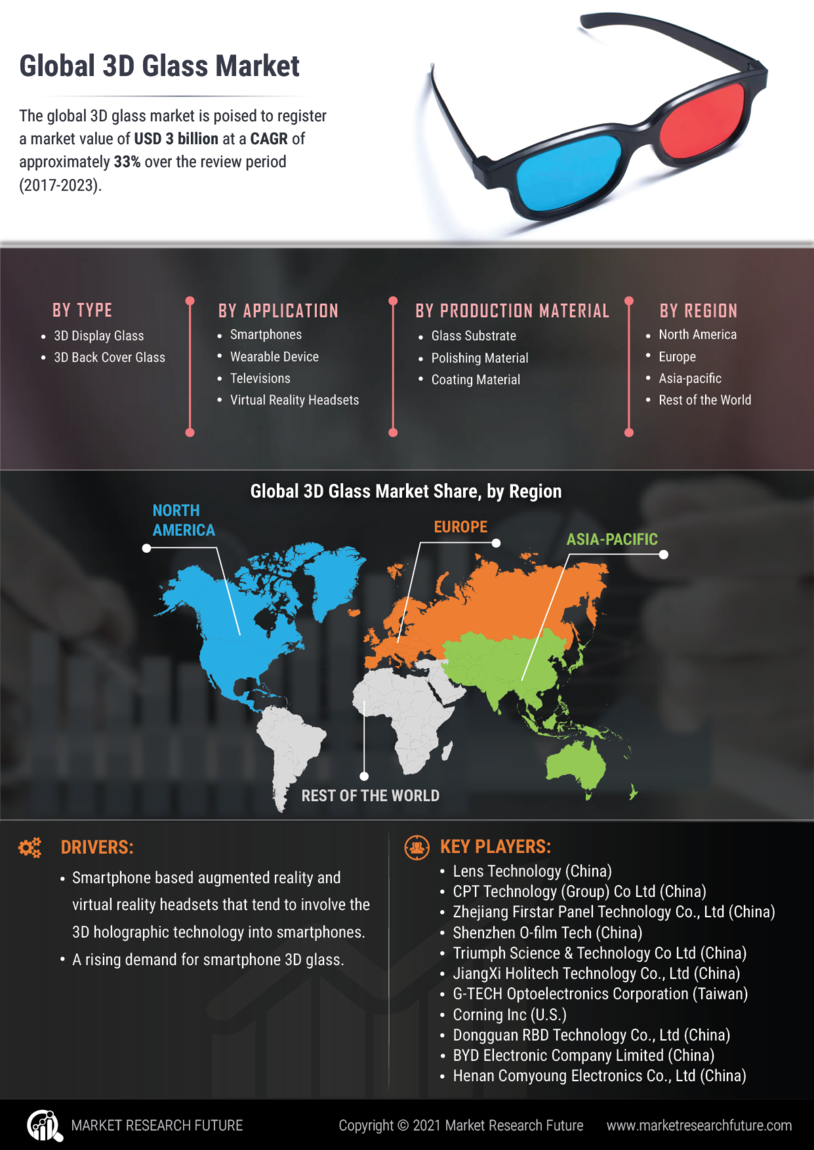
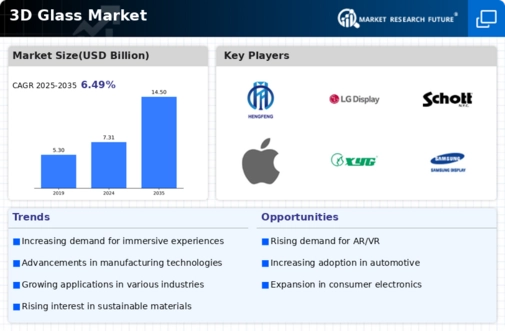
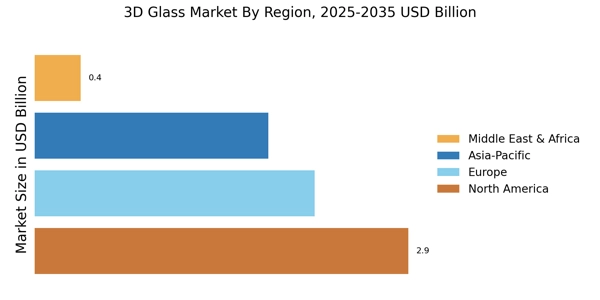
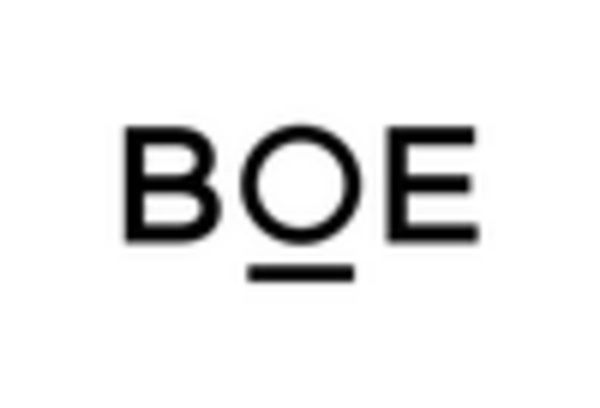
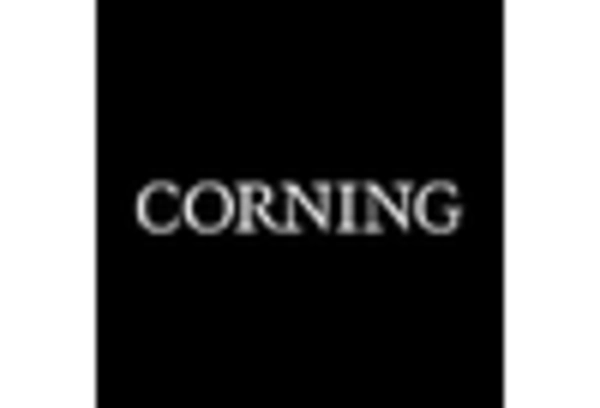
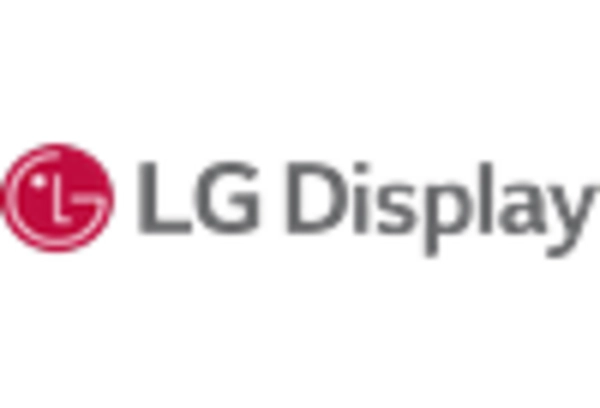
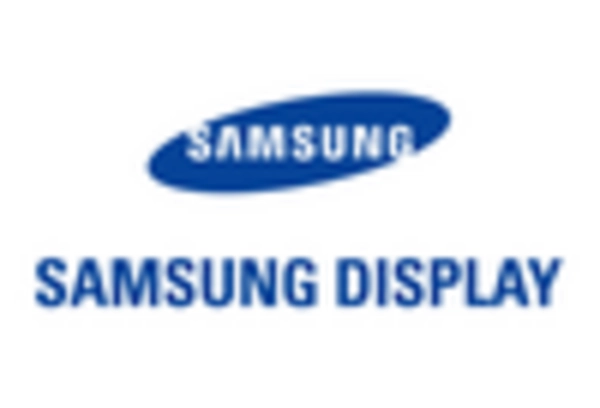

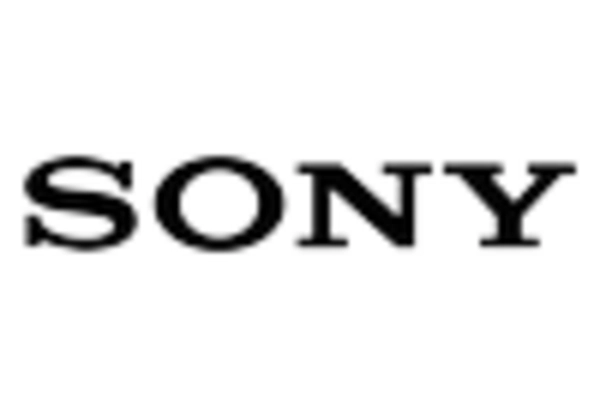








Leave a Comment